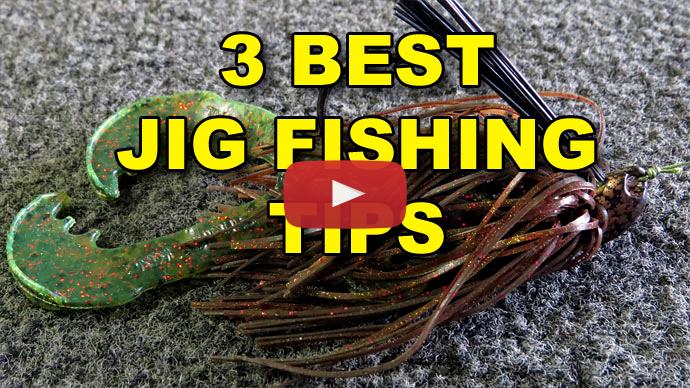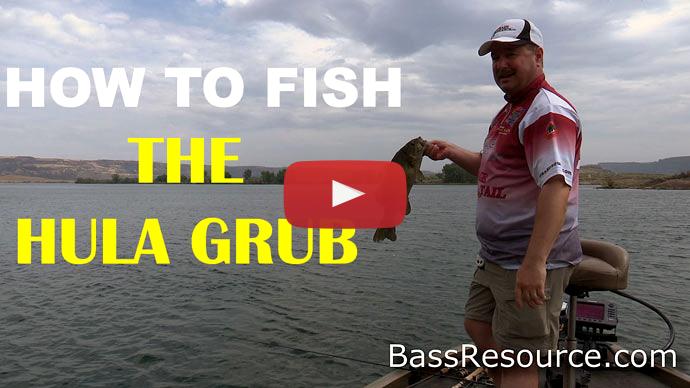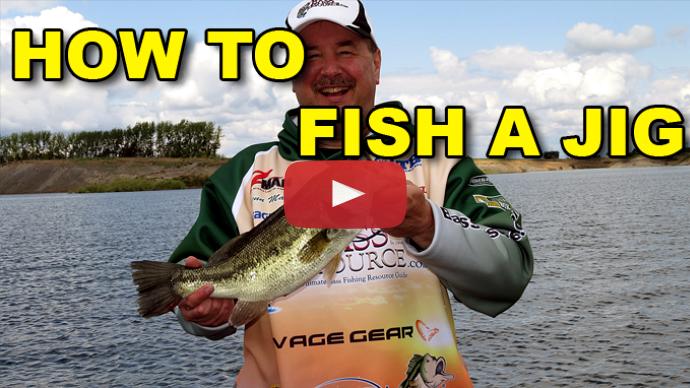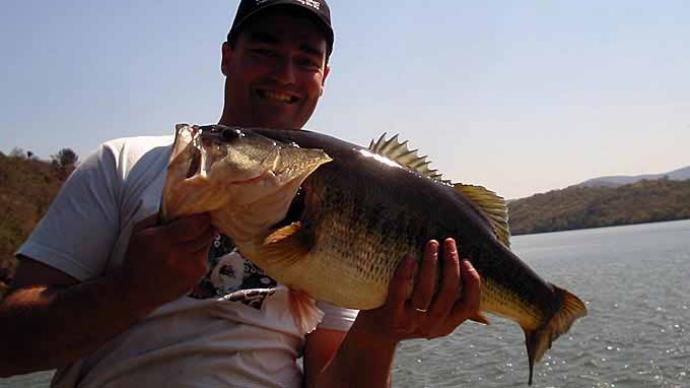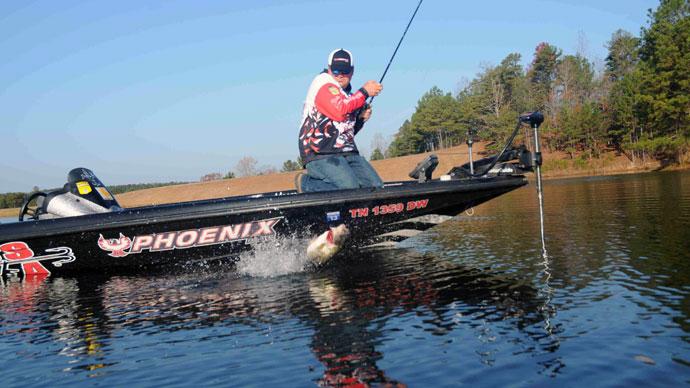Hey folks, Glenn May here with BassResource.com, and today I wanna talk about setting the hook on a jig. Have you ever done that? You set the hook really hard. You think you've got a great hookset, boom, you set it, and you pull the fish in, you get him close to the boat, and then, boop, he pops out.
But what happened? How did that happen? It's a got a good hook on here. You had a really solid hookset, this only just came out. Well, it's in the hookset, guys. It really is.
You can really increase your percentage if you have a better hookset. Now, what I mean by that is you don't, like, whack, hit it really hard. There's a difference. Here's the deal. Especially true with a football head jig like this one.
Let me tell you what happens. That's a big blunt object. When the fish grabs it, he closes his mouth right around it, just like so. Right? He closes it. This acts like a battering ram. They close their mouth really tight. They don't want...whatever they just caught, they don't want it to get away, so the jaw is clamped down really tight.
What's happening is that jig head is buttoned up against his mouth, it's not popping loose. Because what happens... A lot of guys do this, you throw out there, you see the line start to move, you reel down, and then you see it's...yeah, that now your line is tight and you see it moving, and you set it.
Well, what you've done is you've tightened up that jig head right up against his mouth, right up against it. You set the hook, well, the fish's mouth is real tight, it's got nowhere to go. You just move the fish. The hook never penetrates, especially with a football head jig, it never touches inside his mouth. It didn't move. It didn't budge. There's nothing to hookset on.
Until that fish, you know, will fight you all the way to the boat until he opens his mouth, and then out, comes the jig. That's what happens.
So, how do we prevent that from happening? Well, it's in the hookset. What you do is when you cast out there and you see your line twitch, jump, whatever, you see your line starts to swim off, don't reel down and feel tight. You've seen it, you didn't cause that, something else did. Guess what? It's a fish. So you don't need to check.
Reel down to get the rod down in the hookset position, but just before you get all the way down to set the hook, stop reeling and drop the rod a little bit further, and then set the hook.
Here, what you do is you throw in a little bit of slack in the line. Think about it like a rope. Take a rope, and you whip it, and you throw that little bit slack in there. Or a garden hose, you do that, something like that. It's really, really quick, you're not taking the line and you're giving him slack and let him swim off. You're reeling down to get your rod in the right position. Stop reeling, drop the rod down and set. It's very, very quick. It's an instant.
And that little bit of slack, what that is doing is it does two things. First of all, you're not reeling the jig up to the roof of his mouth, so there's room for it to move. But then second, when you do set the hook, you're getting the rod, the speed of that rod tip up, getting it moving before it connects with the line. And when it does, it pops it. It's going for velocity, it pops it so hard that it's gonna knock that jig head through his mouth, through his lips. And what follows behind it? The hook.
Now, you got a solid hookset. I swear to you, guys, I do it this way, and my hooks bury up to...not to the barb, but to the bend of the hook. Almost everytime, I bury it to the bend of the hook with this hookset. Okay?
Give it a go, give it a try. Remember that. Two things, don't reel down and get a tight line on it, and second, reel down and get your rod to the right position, drop it a little bit more, and pop 'em. And I guarantee you, you're gonna catch a lot more fish.
For more tips and tricks like this, visit BassResource.com.

